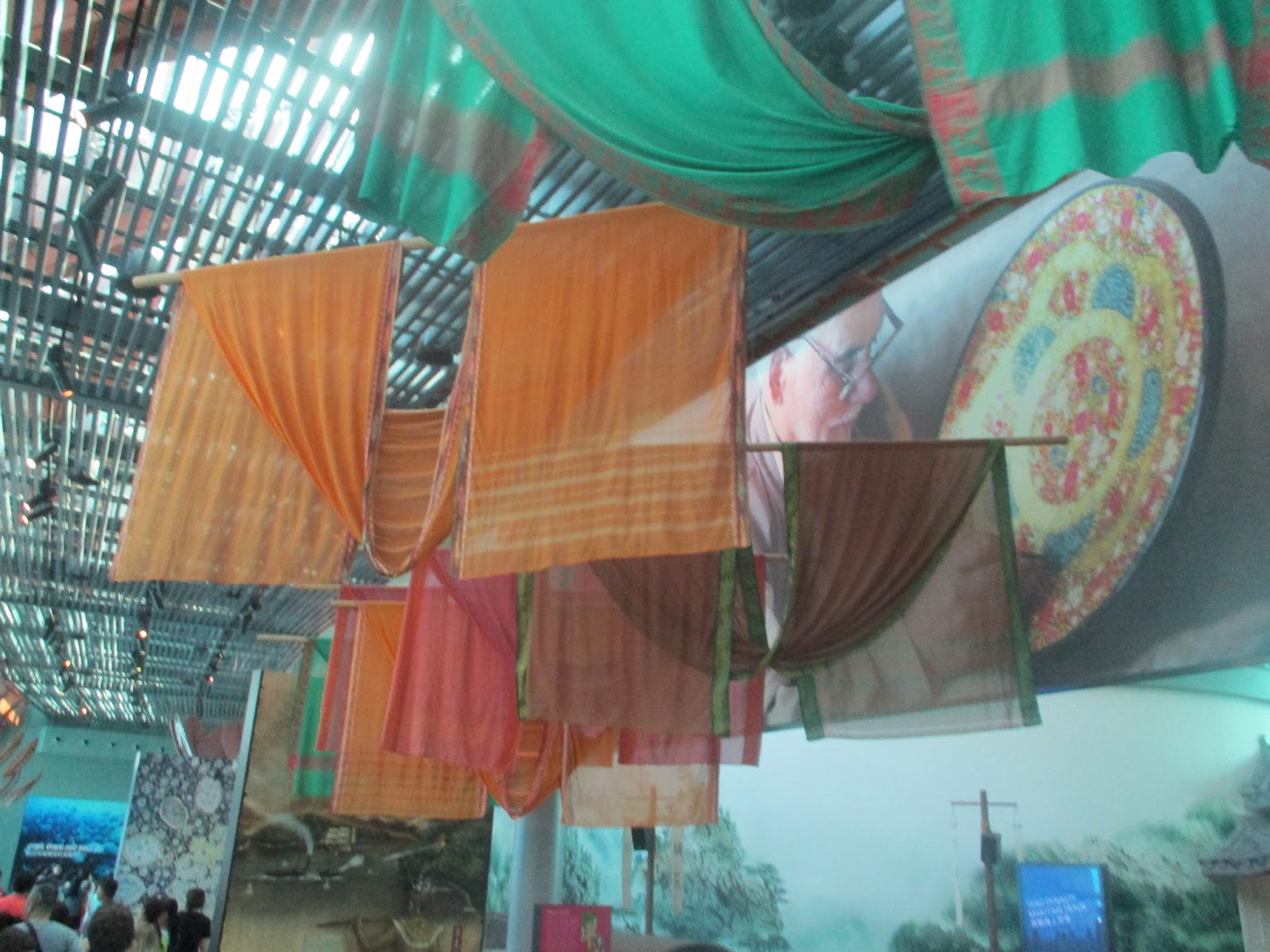
Spanish Road - Wikipedia
The Spanish Road was a military road and trade route in the late sixteenth and early seventeenth centuries, linking the Duchy of Milan, the Franche-Comté and the Spanish Netherlands, all of which were at the time territories of the Spanish Empire.[1]
The Spanish Road was a vital artery for the Spanish war effort during the Eighty Years' War against the Dutch Republic. It would have been much quicker to ship troops and supplies directly from Spain to the Low Countries - a sailing ship of the time could usually cover about 200 kilometres (120 mi) a day, whereas the average pace of soldiers marching on the Spanish Road was only 23 km (14 mi) a day - but for Spanish vessels sailing up the English Channel meant running a deadly gauntlet of attacks by the French, English and Dutch, all of whom were hostile to Spain throughout this period. It was therefore much safer for Spain to transport its armies across the relatively secure waters of the Western Mediterranean to Italy and then march them overland along the 1,000 km (620 mi) length of the Spanish Road from Milan to Luxembourg. Between 1567 and 1633, some 123,000 men were transported to the Spanish Netherlands by this overland route, compared to only 17,600 transported by sea.[2]
The conflict between Philip II of Spain and the Dutch rebels in the Spanish Netherlands, culminating in the Eighty Years' War, was part of a broader European power struggle of the 16th century between Catholics and Protestants.[3] By 1550, wars against both German Protestants and (Catholic) France had stretched Spain's finances thin, requiring the imposition of new taxes on the Spanish Netherlands. The resentment this caused was compounded by a poor harvest in 1565, leading to famine in 1566 (known as the 'Year of Hunger' or 'Year of Wonders'). In that same year social, political and religious unrest climaxed with the Compromise of Nobles and the Beeldenstorm, apparently endangering the government of Philip's Regent in Brussels, Margaret of Parma. Spanish troops under the Duke of Alba were dispatched to restore order and punish the perceived insurrectionists, triggering the Dutch Revolt and the broader Eighty Years' War.[4][5] As these troops could not be transported by sea, Philip was therefore forced to find a way to move troops from his garrisons in Lombardy overland to the Spanish Netherlands.[6] The Spanish Road was surveyed and mapped out in 1566, and Alba used it in July 1567.[7]























